Tectona grandis (Teak) main species of economic and forestry interest in the family Verbenaceae
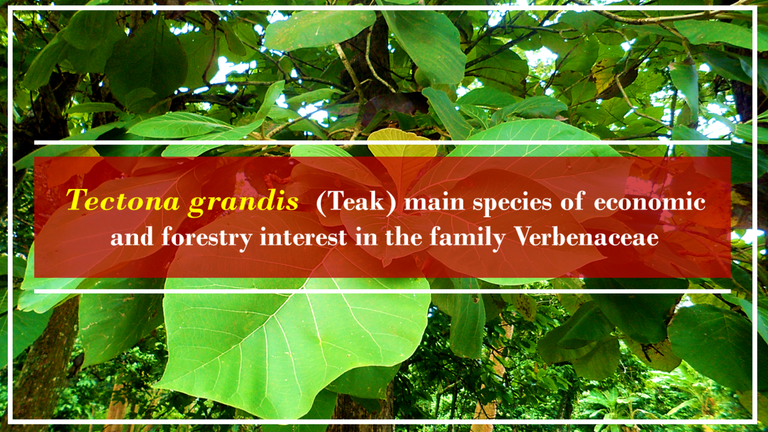
Continuing with the contributions, of content related to the forest botany, in this delivery, I will socialize scientific technical information fundamentally on morphometric dendrology, morphology of the bark, and forest exploitation of the species Tectona grandis (Verbenaceae).
Introduction
In the last two decades, Tectona grandis or Teak as it is commonly known, is the tree material of forestry interest that has experienced the greatest forestry growth, this due to the appreciable morphometric quality of its wood, among which stand out; light color, attractive fiber appearance, high dimensional stability and ease of carving, additionally its rigidity and durability have been the elements used in the manufacture of products based on teak wood [1].
Hence, the excellent morphometric quality of the wood of Tectona grandis represents the main reason for its artificial establishment in most of the tropical eco-regions, nevertheless and according to FAO records, 74% of the hectares destined to forest production on a global scale are of T. grandis, with an estimated total area of nearly 6 million hectares cultivated [2].
Therefore, and in correspondence to the purpose of this thematic series, the objective of the present post is to socialize botanical elements related to morphometric dendrology, bark morphology, and forest exploitation of the Tectona grandis species.
General features
Taxonomy and distribution
Tectona grandis, is a plant species of woody biotype, artificially located in the Division: Magnoliophyta., Class: Magnoliopsida., Order: Lamiales., Family: Verbenaceae, Gender: Tectone and Species: Greatis, with natural distribution area constituted essentially in the borders of intertropical zones, predominantly in the tropical dry forests, and tropical humid forests of the Asian continent, in relation to their artificial distribution, the specimens of Tectone grandis have been introduced in eco-regions of Africa and South America.
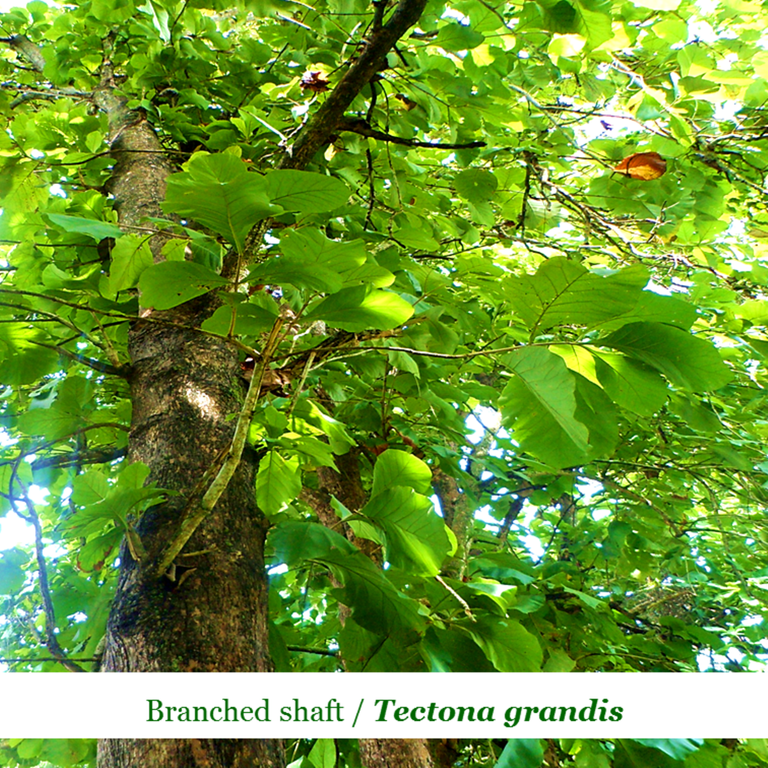
Fig. 2 Teak stem Tectona grandis, branching from the middle area towards the crown. Author: @lupafilotaxia.
Common names
Generally speaking, Teca is the common name given to Tectona grandis, however, in India from where the species is believed to originate, it is known as Sagun or Sagon, while in European countries such as France, England and Holland it is distinguished as Teck.
Vegetative and reproductive morphology
Tectona grandis, exhibits large and simple leaf blades, lanceolate morphology and opposite phyllotaxy, thick and pivoting main root, lateral roots of superficial growth, stems with straight shaft and striated base, white flowers of flared aspect, elongated inflorescences with terminal and axillary bunches, visibly flattened fruits of subglobose drupe type, seeds with absence of endosperm and epigeous germination [3].
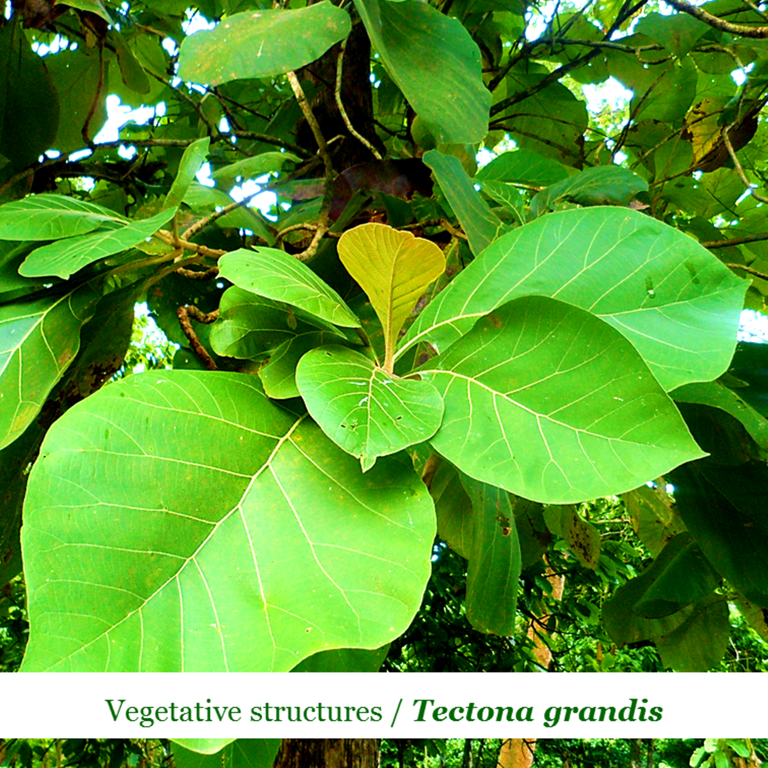
Fig. 3 Vegetative structures of Teak Tectona grandis, is detailed, large leaf blades and lanceolate morphology. Author: @lupafilotaxia.
Edaphoclimatology of Teak
In relation to soil and climate requirements, specimens of Tectona grandis, prefer ecoregions with an altitude preferably not exceeding 1,000 m.a.s.l., minimum rainfall of 1,300 and maximum of 2,500 millimeters per year, with dry periods fluctuating between 4 and 6 months, temperatures with optimal ranges of 13 and 39°C, soils of easy drainage, loamy texture, and slightly acidic pH.
Economic and forestry interest
From an economic and forestry point of view, unlike Mahogany (Swietenia macrophylla), Teak (Tectona grandis) is extracted from artificial areas (cultivated areas), which have been planted in the search for an answer to the global trade in wood of T. grandis, whose significant demand in the international markets is due to its durability and ease of work, either for the construction of boats, manufacture of furniture, and processing of luxury wood-based products, on the other hand, the biological rate of growth, development and production of specimens of Teak, are not affected by attacks of fungi that can damage the quality of adult stems.
Morphometric STEM dendrology
Morphometry of the Teak Stems
In commercial plantations, the stems of Tectona grandis can reach 60 meters in height, maximum diameters of 1 meter, and growth rates between 10 and 20 cubic meters/hectare/year, with long stem and striated base, branching in segments, small vegetative structures on the main axis of the stem, and open crown.
Morphology of the cortex
The stems and trunks of Tectona grandis, show bark of superficial fissured morphology with longitudinal orientation, of brown-grayish coloration, without branching in the first 6 meters of height.
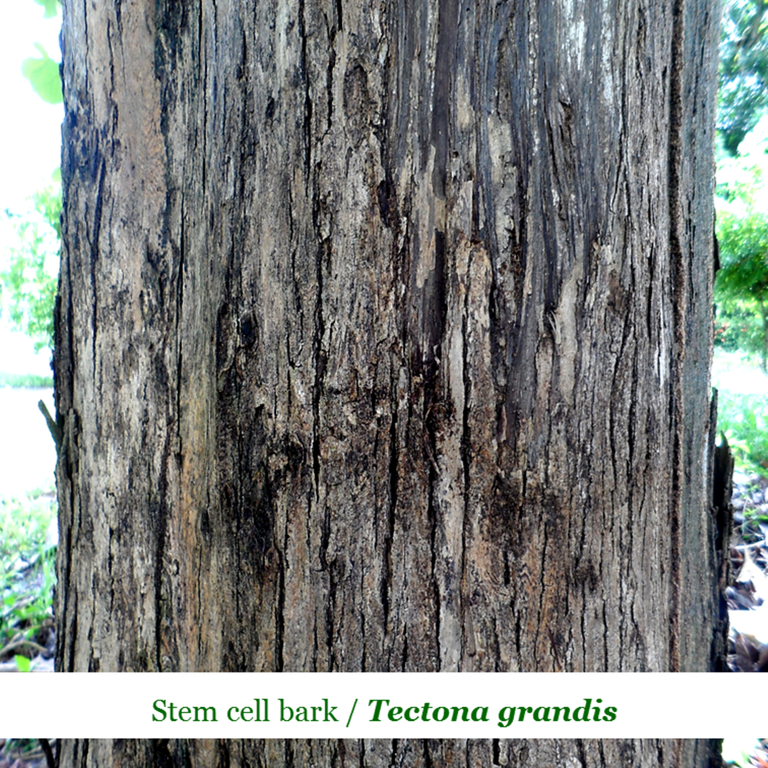
Fig. 4 Teak stem bark Tectona grandis. Author: @lupafilotaxia.
Forest harvesting
Morphological potential of wood
The proportion of albura and duramen, recorded in young specimens of Tectona grandis, is considered to be the most favorable morphological variable for the harvesting of Teak wood, estimated at 55% heartwood (dry pith), In addition to its mechanical resistance, hardness, low shrinkage, high dimensional stability, fundamentally straight fibres, aesthetic quality and ease of work, these are the elements that have positioned its acceptance as commercial wood [5].
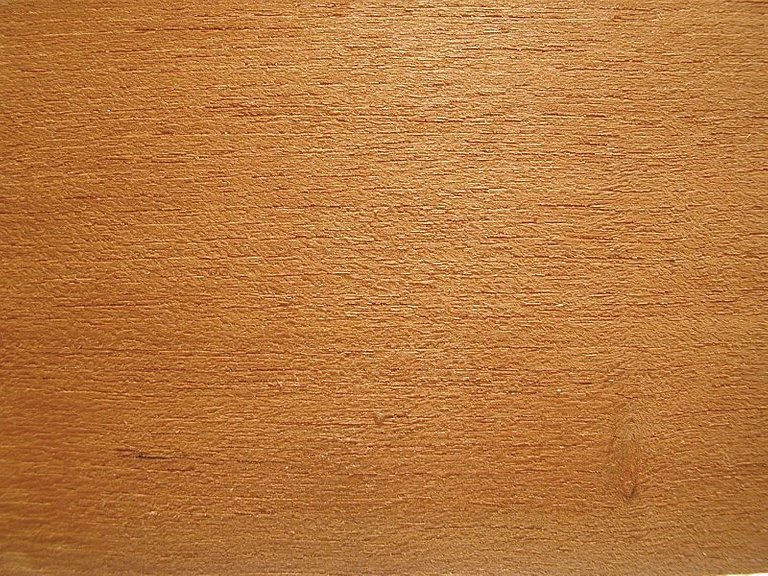
Fig. 5 Unpolished teak sheet or veneer - Tectona grandis. Public domain image, Author: Philipp Zinger, 2004 / CC BY-SA 3.0
SCIENTIFIC CONTRIBUTIONS OF THIS PUBLICATION
- As in the previous issue of the thematic series on forest botany, the socialized content provides general information related to the taxonomy and distribution in this opportunity of the tree species Tectona grandis, by presenting descriptive content on its vegetative and reproductive morphology, soil-climatic factors, economic and forest interest, in the constant search to position within the HIVE platform botanical content of a utilitarian nature.
BIBLIOGRAPHICAL REFERENCES CONSULTED AND CITED:
[1] Miranda I., Sousa V., and Pereira H. Wood properties of teak (Tectona grandis) from a mature unmanaged stand in East Timor. Journal of Wood Science. 2011; 57: 171–178 Article: Online access
[2] FAO. Future of teak and the high-grade tropical hardwood sector: planted forests and trees working paper FP/44E. Food and Agriculture Organization of the United Nations. 2009. Article: Online access
[3] Palanisamy K., Maheshwar H., and ae-Seon Y. Teak (Tectona grandis Linn. f.): A Renowned Commercial Timber Species. Journal of Forest and Environmental Science. 2009; 25: 1. Article: Online access
[4] Pandey D., and Brown C. La teca: una visión global. Unasylva. 2000; 201:5 1. Article: Online access
[5] Flóres J., Trugilho P., Lima J., and Gherardi-Hein2 P. Caracterización de la madera joven de Tectona grandis L. Madera yBosques. 2014; 20; 1: 11-20. Article: Online access
[6] Jerez M., Schargel I., Hernando G., Quevedo A.1 Moret Y., Lawrence V. Historia y Manejo actual de Plantaciones de teca en Venezuela. 2015:8. Article: Online access
ATTENTION
Readers and followers
If you wish to read more scientific articles in English or Spanish, of excellent academic quality, do not hesitate to visit #STEMSocial and #STEM-espanol, communities that promote scientific content mainly in the areas of Science, Technology, Engineering and Mathematics.
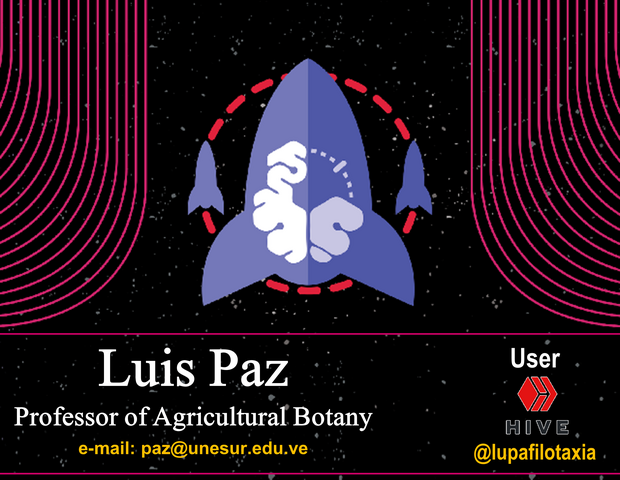
0
0
0.000
#Posh Twitter:
https://twitter.com/lupafilotaxia/status/1292936442008809472
There are several plantations of T. grandis and Gmelina arborea here in my country. Both woody species are fire-tolerant and can be mistaken for each other.
I live in the western region of Venezuela, specifically in the Southern Zone of Lake Maracaibo, because here the wood of Gmelina arborea, is a very appreciated wood, however, in the central eastern region of the country its use is illegal and has many restrictions, there is even a huge Forest Reserve of Gmelina arborea, called Ticoporo. I am very grateful for your visit to the blog.
You are welcome. I'm always glad to visit your blog because you write what I can relate with, as a Botanist myself.
Thanks for your contribution to the STEMsocial community. Feel free to join us on discord to get to know the rest of us!
Please consider supporting our funding proposal, approving our witness (@stem.witness) or delegating to the @stemsocial account (for some ROI).
Thanks for using the STEMsocial app and including @stemsocial as a beneficiary, which give you stronger support.
Thank you for your support.
Greetings esteemed professor @lupafilotaxia, interesting the thematic series that comes imparting, the teak is a forest tree very coveted by its potential as soon as the use of its wood due to its resistance. Knowing its characteristics is essential for those of us who love the agricultural and forestry sector !
See you later, good article !
In essence, the objective of these deliveries on forest botany is to share the main descriptive characteristics of the most coveted species on a global scale, we have started with those found in the tropics mainly because, at this time they are in danger of extinction. I'm glad you liked this kind of content. Kind regards @amestyj.